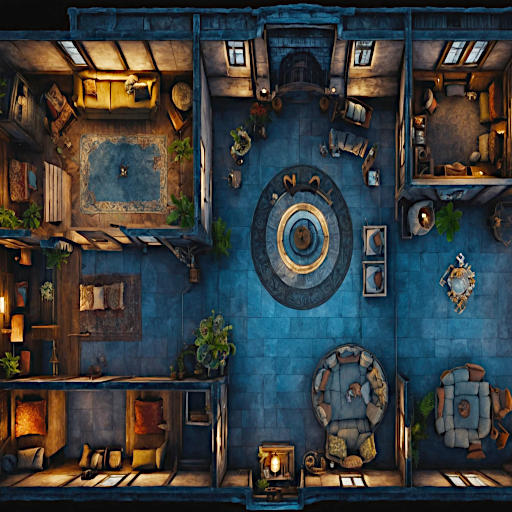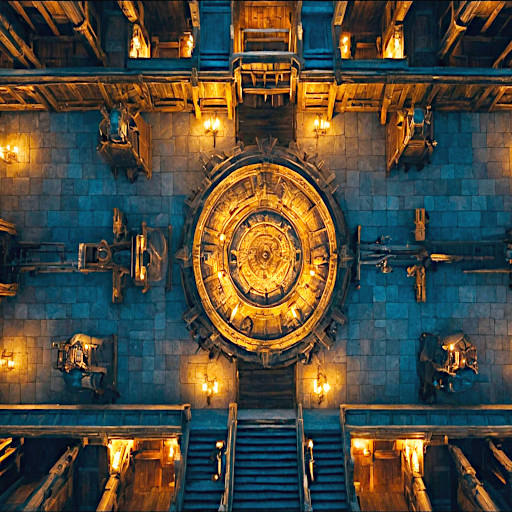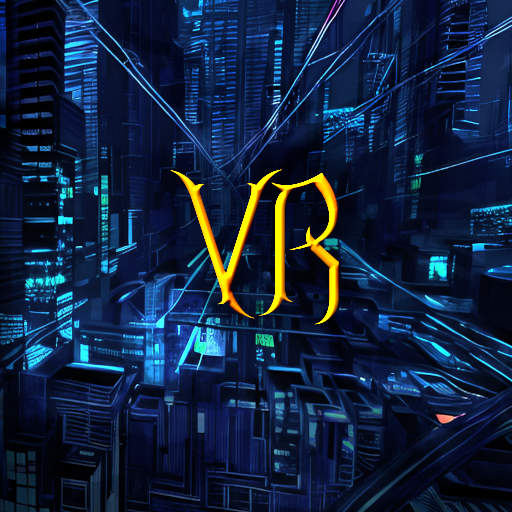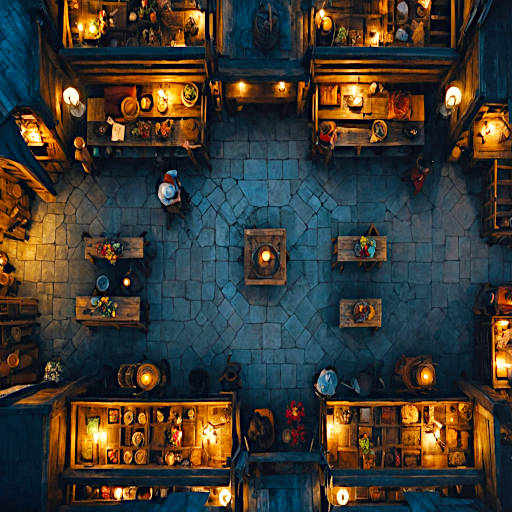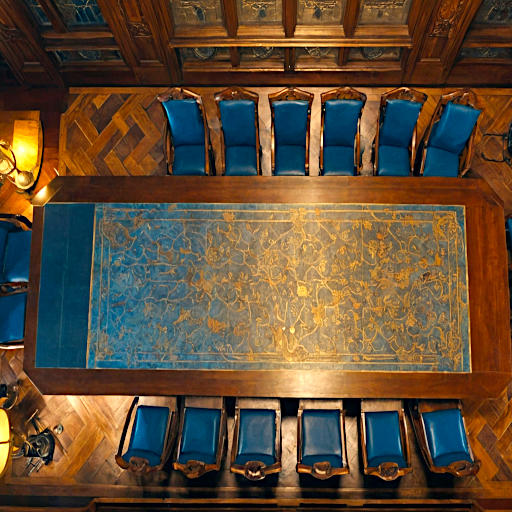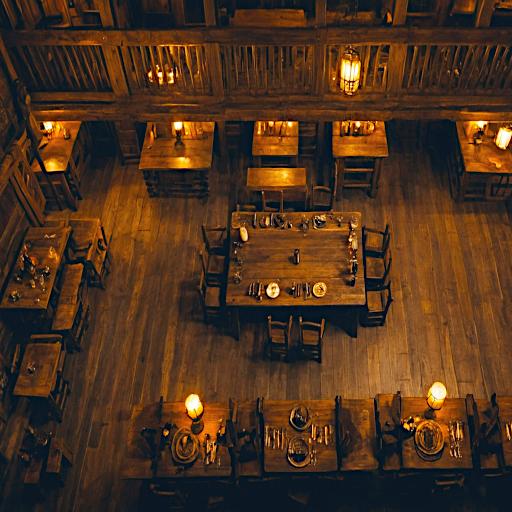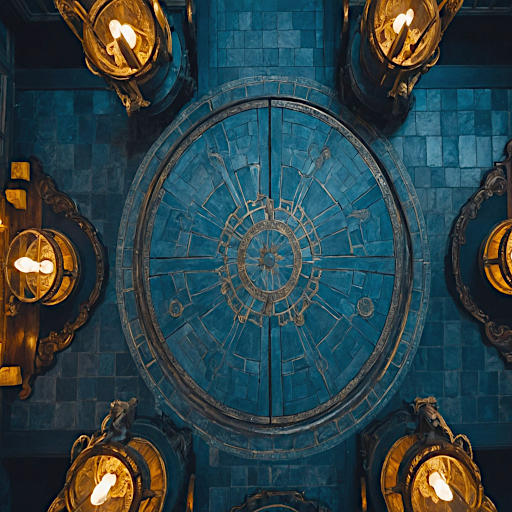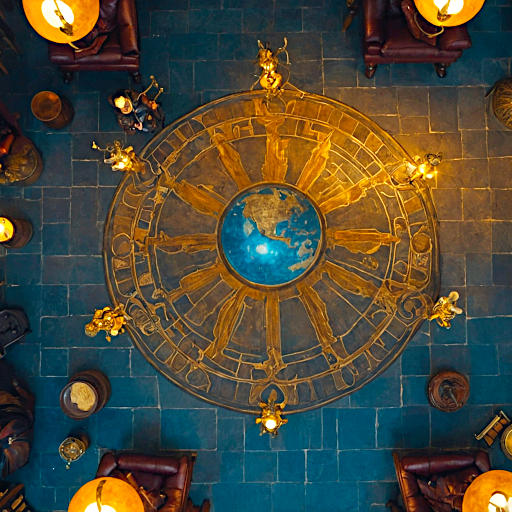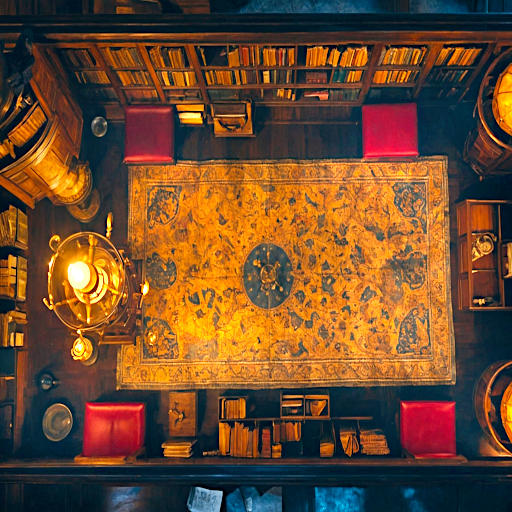Notes on the use of AI Artwork
Many people have some deep feelings about AI. That's understandable! There has been a lot of confusion about how AI works as well as some pretty severe abuse. Yes, AI can be used to do some really horrible things! It can also do some good.
Web Immersion
The idea is that were going to be creating shared worlds. This means you will be picking places on a shared map and describing your ideas for the geographies, cultures and histories of that area. This will be a form, so you just fill out the prompts. The inhabitants of that land will also be done this way, as well as special equipment, magic items, etc. These will be editable by anyone.
Imagery
Now, we all love to see pictures. For creatures and especially characters, we all want to see what this stuff looks like, but the website user created it out of their own imagination (supposedly), so there are no pictures of what was imagined. Obviously commisioning artwork for every last character or place of interest would be insanely expensive as well as time-consuming. Allowing upload of images by the user means there is no guarantee that a copyright hasn't been violated. There is no easy way to know the copyright status of an uploaded image, not to mention a decent way to filter out inappropriate material. But what if the material is generated on the fly?
Here is where it gets interesting. By using the information you supplied at various prompts we can feed that into an AI and generate the images on demand, possibly in a more realistic manner because we can feed physical decriptions, racial identies, attributes and stats and all sorts of stuff to build a suitable and accurate image. Because the website will automate this process, we can be sure that no user is typing in artist names attempting to duplicate someone's style or emulate their work. The AI image generation community is mostly people that are trying to find ways to train these models via ethical methods. And in this case, no one is selling the art being generated!
As a side effect, this also means that we can manipulate the prompts fed into the AI in order to have a consistent look and feel.
Yes, the book currently has images where an AI was used in the process, but this is currently for the playtest edition that is being distributed for free. Some of the images started as my own photos or public domain or creative commons images and others were outputs of one AI fed into another. Images are reworked with img2img, inpainted, and tons of hand editting with Gimp. It's all real work, but multiple AIs have helped tremendously in getting the output I want. The artwork for any commercial release has not been determined.
Complications
What complicates this is a misunderstanding of how AI creates images. The training set does not store a bunch of images it's stolen and then composite them together in some way. The training associates words and certain image concepts. As the neural network is trained, it learns what these things looks like and how they are supposed to be drawn. It doesn't save the image, it learns what the words look like. This is exactly how the human brain works. Your eyes see images everywhere, all the time, every waking moment its feeding itself with more images, training the neural network in your head. For the AI to work, it needs to see things!
Ask yourself, if we train an AI with 100% open-source images, artwork donated to the cause, would you still hate AI art? If the answer is yes, perhaps the problem is not the ethics of AI generation itself, but rather a personal fear! Humans have always lashed out at things we don't understand. The more powerful it is, the greater the fear and backlash.
Themes
As you read through Virtually Real, you'll see a common theme. AI has become "them" as opposed to "us". Because we see the AI as the creator, not a tool, we have opened up the path to hating it as a "them". For many, no matter how good the quality, some people will continue to hate. This sort of conflict is exactly what this system is designed for! Remember that if anyone is attempting to plagarize art, it's the person using the tool, and sometimes the person training it. It's not the AI. Don't hate the hammer because of a few bad carpenters!


